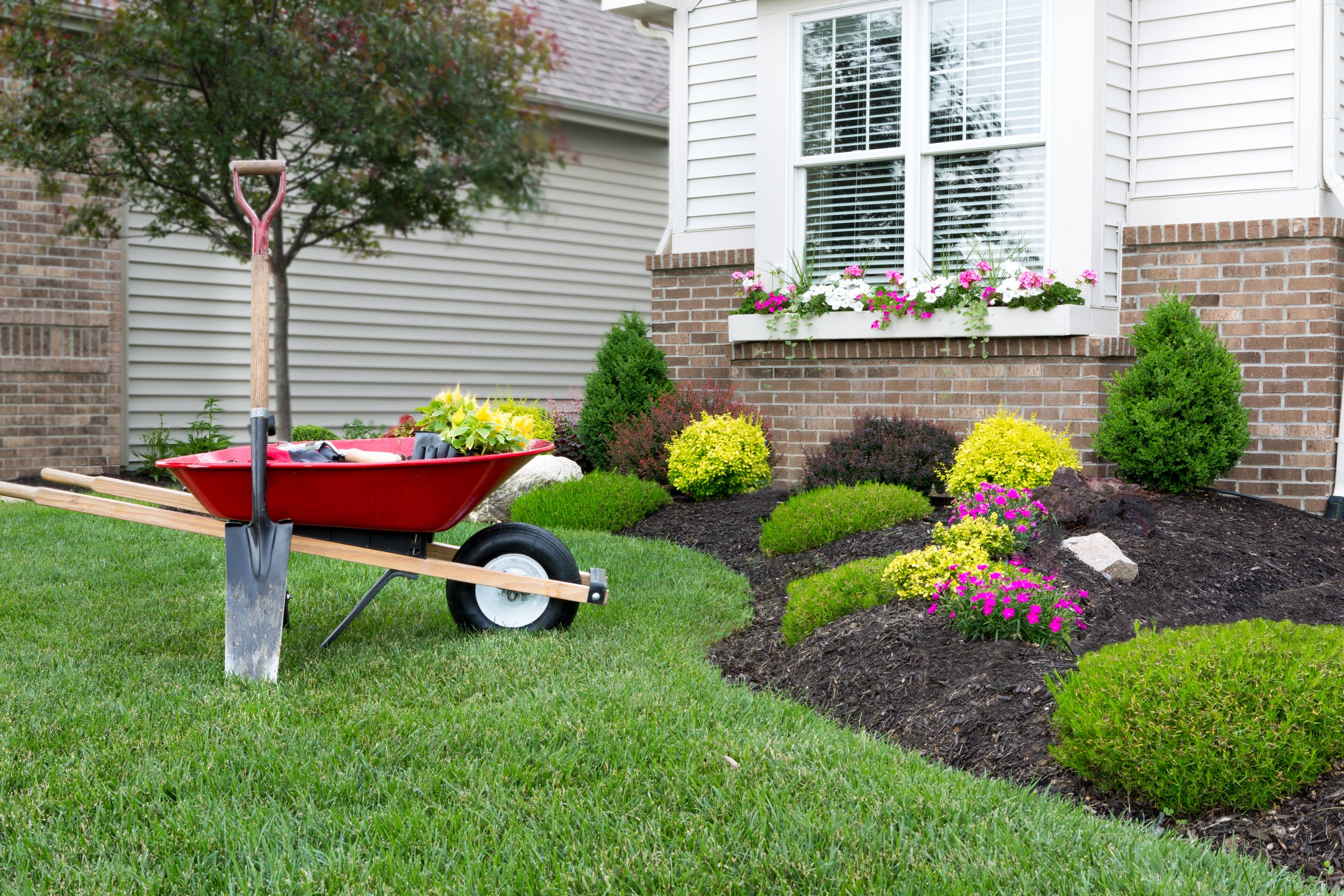Is Your Home Making You Sick? 7 Hidden Health Hazards Lurking Indoors
Most people think of their home as a safe haven, but what if the very place you seek comfort is actually making you sick? From hidden mold to air pollutants, many homes contain unseen hazards that can lead to respiratory issues, allergies, and even chronic illness.
We spoke with Dr. Emily Carter, an environmental health specialist, who warns: “Indoor air pollution is often two to five times higher than outdoor air pollution, yet most homeowners don’t even realize the risks they’re facing.”
1. Mold and Mildew Growth
Mold thrives in damp areas like basements, bathrooms, and under sinks. Long-term exposure can cause respiratory problems, headaches, and even immune system issues.
Solution: Regularly inspect your home for leaks, improve ventilation, and use a dehumidifier to maintain humidity levels below 50%.
2. Poor Indoor Air Quality
The EPA estimates that indoor air pollution is a top environmental risk to public health. Common culprits include dust mites, pet dander, pollen, and volatile organic compounds (VOCs) from household products.
Solution: Use an air purifier, open windows for fresh air circulation, and opt for non-toxic cleaning products.
3. Hidden Carbon Monoxide Leaks
Carbon monoxide (CO) is a silent killer. It’s colorless, odorless, and can leak from gas stoves, furnaces, and fireplaces. Symptoms of exposure include dizziness, headaches, and confusion.
Solution: Install CO detectors on every floor and have your HVAC system inspected annually.
4. Lead Paint and Contaminants
Homes built before 1978 may still contain lead-based paint, which poses severe risks, especially for children. Lead exposure can lead to developmental delays and neurological issues.
Solution: If you have an older home, consider lead testing and professional abatement services.
5. Toxic Household Cleaners
Many commercial cleaning products contain chemicals linked to respiratory issues and hormone disruption.
Solution: Switch to eco-friendly, non-toxic alternatives or make your own using vinegar, baking soda, and lemon juice.
6. Radon Gas Buildup
Radon is a naturally occurring radioactive gas that can seep into homes through cracks in the foundation. It’s the second leading cause of lung cancer in the U.S.
Solution: Purchase an at-home radon test kit or hire a professional for a full assessment.
7. Dust Mites and Allergens
Dust mites thrive in bedding, upholstery, and carpets, contributing to allergies and asthma flare-ups.
Solution: Wash bedding in hot water weekly, use allergen-proof mattress covers, and vacuum frequently with a HEPA filter.
How to Make Your Home a Healthier Space
- Improve ventilation by using exhaust fans and opening windows daily.
- Use non-toxic, fragrance-free products to reduce chemical exposure.
- Schedule annual HVAC maintenance to ensure proper air circulation.
- Monitor humidity levels to prevent mold and mildew growth.
- Keep an eye out for leaks, water damage, and other early signs of potential hazards.
By making a few simple changes, you can significantly improve the air quality and overall health of your home.




Refinancing your mortgage could lower your monthly payments, but is it the right time? Here’s how to determine if refinancing is worth it, what to consider, and how much you could save.